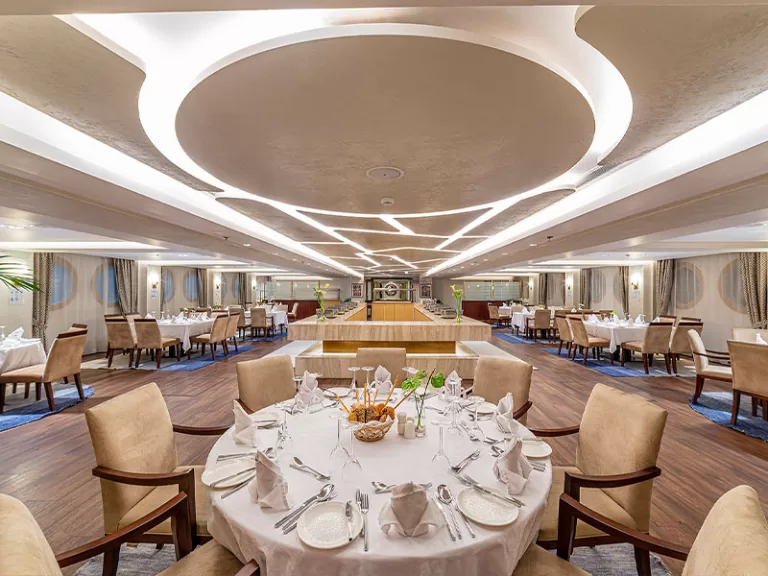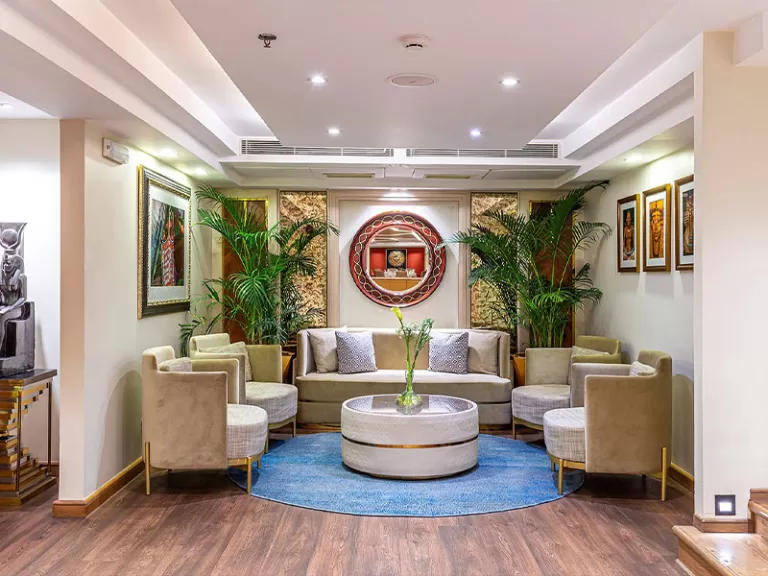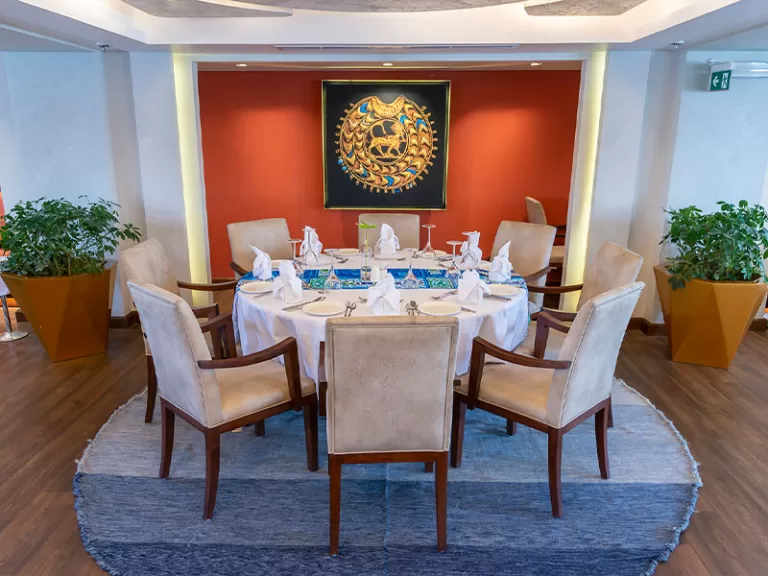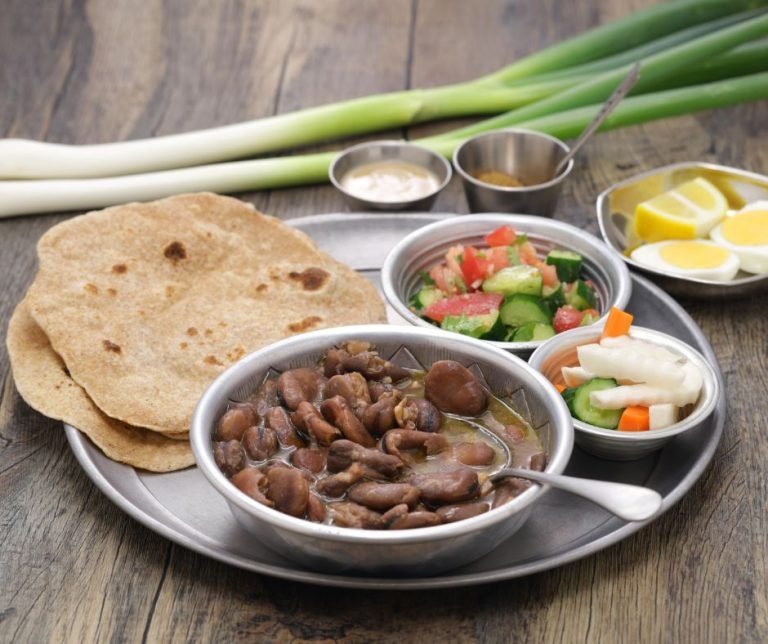
Home » Weekly Blog » Traditional Egyptian Lunches and Dinners: A Journey Through Egypt’s Beloved Meals and Special Occasions
Traditional Egyptian Lunches and Dinners: A Journey Through Egypt’s Beloved Meals and Special Occasions
Table of Contents
Egypt is a land where history weaves through every aspect of life, and nowhere is that more apparent than in its food. Egyptian cuisine is a fusion of flavors, aromas, and traditions that have been passed down through generations, preserving the rich culinary heritage of the Pharaohs, Mamluks, and Ottoman rulers who once walked the land. Whether it’s a casual lunch at home, a family gathering, or a feast celebrating religious holidays, food is at the heart of Egyptian culture.
In Egypt, sharing a meal is more than just eating—it’s about coming together, celebrating life, and creating bonds that often last a lifetime. Traditional lunches and dinners are steeped in history, rich with flavors, and carry the essence of what it means to be Egyptian. From hearty stews and rich bread to fragrant spices and generous portions of rice, the foods of Egypt are nourishing both in body and soul.
But what happens when the occasion calls for something more? What dishes take center stage during holidays and celebrations? In this deep dive into Egyptian culinary traditions, we’ll explore the staples of everyday meals, the delightful complexity of festival foods, and why Egyptian cuisine continues to captivate palates around the world.
Common Elements of Egyptian Lunches and Dinners
Before diving into the specifics of holiday feasts and festive meals, it’s essential to understand the everyday staples that form the foundation of Egyptian cooking. While these meals may appear humble, they are no less satisfying. Egyptian cuisine is known for transforming simple ingredients into flavorful, hearty dishes that are deeply comforting.
Staple Ingredients
Bread, rice, and lentils are at the heart of every Egyptian table. Whether you’re dining in a simple home or a bustling Cairo restaurant, you’re likely to find these ingredients in abundance. Baladi bread—a round, flatbread made from whole wheat flour—has been a dietary staple since ancient times. It’s used to scoop up dips, wrap meats, and even mop up sauces, making it a versatile part of nearly every meal.
Rice is another pillar of the Egyptian diet, served alongside countless dishes. It’s often paired with rich stews or grilled meats, absorbing the flavors of the dish while providing a satisfying base. Lentils, a vital source of protein, make frequent appearances in the form of hearty stews or as an essential part of the beloved street food, koshari.
Vegetables also play a starring role, with eggplant, okra, and spinach often featured in Egyptian dishes. These vegetables are not merely side dishes—they’re often cooked in savory tomato-based sauces or stews, providing essential nutrients and depth of flavor.
Popular Dishes
Egyptian cuisine is a tapestry of hearty, comforting dishes that cater to both vegetarians and meat lovers alike. One of the most iconic dishes is koshari, a street food favorite that brings together rice, lentils, pasta, and chickpeas, all topped with a spicy tomato sauce and crispy fried onions. It’s an Egyptian classic—affordable, filling, and bursting with flavor.
Mulukhiyah, a green leafy soup, is another favorite, especially in rural areas. Made from jute leaves, this dish is often served over rice and paired with meat, usually chicken or rabbit. The dish’s unique texture and slightly bitter taste might take some getting used to, but once you do, you’ll crave it.
Grilled meats are central to Egyptian dinners, with kofta (minced lamb or beef shaped into long kebabs) and shawarma (spit-roasted meat, usually lamb, chicken, or beef) being particularly popular. Both are often served with rice, salads, and flatbread, creating a balanced and delicious meal.
When it comes to celebrations or gatherings, few dishes rival the indulgence of fattah. This celebratory dish consists of layers of crispy bread, rice, and meat (typically lamb or beef), all smothered in a rich tomato and garlic sauce. It’s a dish that appears during some of the most important occasions in an Egyptian’s life—symbolizing prosperity, abundance, and unity.
Typical Meal Structure
Unlike Western traditions where dinner is the largest meal of the day, in Egypt, lunch holds that title. Lunch is considered the main meal, often served between 2 and 4 PM, and it’s typically hearty enough to sustain the family for the rest of the day. Lunch might feature a combination of grilled meats, stews, rice, and salads, with bread always present as an accompaniment.
Dinner is lighter by comparison, often revolving around salads, dips, and smaller portions of leftovers from lunch. Bread, cheese, and fuul (a slow-cooked fava bean dish) are common choices for evening meals. While smaller in size, Egyptian dinners are just as flavorful and satisfying as the larger midday meals.
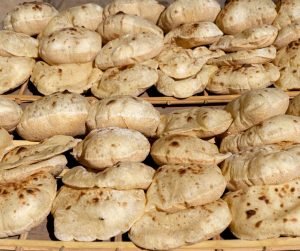
Traditional Lunches: Hearty Meals to Fuel the Day
In Egypt, lunch isn’t just a quick bite between work hours; it’s a pivotal moment in the day when families come together to share a meal. It’s the heaviest meal, designed to keep hunger at bay until a much lighter dinner in the evening. These midday feasts offer a range of flavors, textures, and aromas that reflect the soul of Egyptian cuisine.
Here’s a closer look at some traditional Egyptian lunches that you might find served across homes and restaurants alike:
Mahshi (Stuffed Vegetables)
Imagine tender vegetables—zucchini, bell peppers, eggplant, or grape leaves—carefully stuffed with a savory mixture of rice, herbs, and sometimes ground meat. Mahshi is a crowd-pleaser and a cornerstone of Egyptian home-cooked lunches. Each bite offers a delightful combination of textures and flavors, with the soft vegetable casing giving way to the fragrant rice filling inside. What makes mahshi so beloved is its versatility—it’s equally satisfying as a vegetarian dish as it is with minced lamb or beef.Fesikh (Fermented Fish)
Not for the faint-hearted, fesikh is a traditional Egyptian dish often served during certain festivals, most notably during Sham El-Nessim (a spring holiday). It consists of salted and fermented mullet fish, which has an intensely pungent flavor. Egyptians serve fesikh alongside bread, onions, and other salads, making it a dish of stark contrasts. Its bold taste might be an acquired one, but for those who love it, fesikh holds a special place in celebratory meals.Salads and Dips
Egyptian lunches are incomplete without a variety of fresh salads and dips. The most common salads are simple yet packed with flavor—tomato and cucumber salad drizzled with lemon juice and olive oil, or salatet zabadi, a refreshing yogurt-based salad with cucumbers, mint, and garlic. Alongside the salads, dips like tahini (sesame paste), baba ghanoush (smoked eggplant dip), and hummus (chickpea dip) are served with warm bread, providing additional layers of flavor to the meal.
Traditional Dinners: Simplicity Meets Flavor
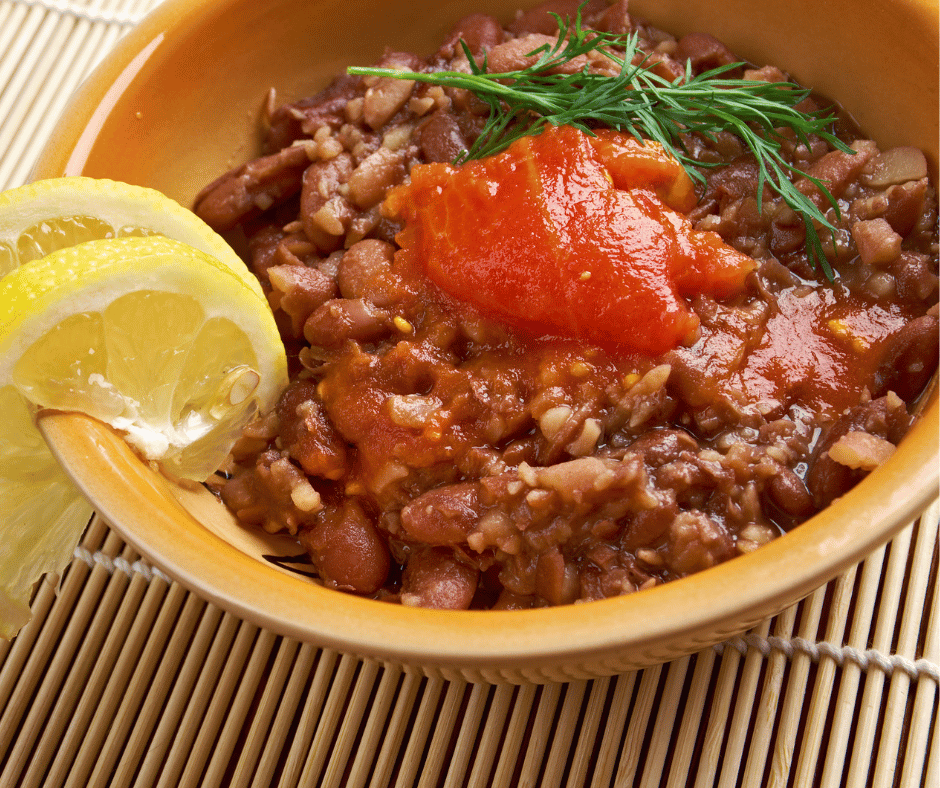
When it comes to Egyptian dinners, less is often more. These meals may be lighter than their lunchtime counterparts, but they are no less delicious. Egyptian dinners tend to focus on simplicity, with an emphasis on fresh ingredients and balance.
Fuul (Fava Beans)
If there’s one dish that defines Egyptian dinner, it’s fuul. This humble yet deeply satisfying dish consists of slow-cooked fava beans that are mashed and served with a drizzle of olive oil, lemon juice, and sometimes garnished with chopped onions, tomatoes, and herbs. Served with warm baladi bread, fuul is an iconic Egyptian dinner that’s affordable, nutritious, and incredibly flavorful. It’s a dish that transcends class and status, enjoyed by everyone from workers grabbing a quick bite on the street to families gathered around the dinner table at home.Grilled Fish with Rice and Salad
Due to Egypt’s proximity to the Mediterranean and the Red Sea, fish plays a significant role in Egyptian cuisine. Freshly grilled fish, often seasoned with cumin, coriander, and garlic, is a staple of Egyptian dinners. It’s served alongside rice and a simple tomato-cucumber salad, making for a light yet satisfying meal. The use of bold spices in the marinade ensures that even the most basic grilled fish has layers of flavor that leave a lasting impression.Vegetable Stews and Soups
Egyptians are masters of turning simple vegetables into rich and hearty stews. Stews made from eggplant, okra (bamya), or spinach (sabanekh) are slow-cooked in tomato sauce and served over rice. These dishes, while simple, are deeply comforting and reflect Egypt’s agrarian roots. Similarly, Shorbat Ads—a lentil soup made from red lentils, onions, cumin, and garlic—is a warming dish often served during colder months, perfect for a light yet filling dinner.
Special Holidays and Festive Occasions: Food That Celebrates Life
Egyptians love to celebrate, and when they do, food plays a starring role. Whether it’s a religious holiday, a national celebration, or a family event like a wedding, the feast is always an extravagant affair. Special occasions call for special foods—dishes that are more elaborate, indulgent, and often steeped in symbolism.
Let’s explore the foods that take center stage during some of Egypt’s most important holidays and occasions.
Ramadan and Iftar
Ramadan is perhaps the most significant month in the Islamic calendar, and in Egypt, it’s a time when families and communities come together to break their fast each evening with an elaborate meal known as Iftar. After fasting from sunrise to sunset, Iftar is a moment of celebration and gratitude, and the meal reflects that sense of festivity. Dates and water are traditionally consumed first to break the fast, followed by a series of light appetizers such as soups, salads, and fried pastries.One of the most popular dishes during Ramadan is fattah, a rich, layered dish of rice, crispy bread, and slow-cooked meat, all topped with a garlicky tomato sauce. Another Ramadan favorite is konafa, a syrup-soaked dessert made from shredded filo dough layered with cream or cheese. Iftar isn’t just about replenishing the body—it’s a time for families to come together, share stories, and connect with their faith.
Eid al-Fitr and Eid al-Adha
Eid al-Fitr, the festival that marks the end of Ramadan, is a joyous occasion that’s often celebrated with an extravagant feast. Dishes like lamb fatteh take center stage, as do rich desserts such as kahk—sugar-dusted cookies filled with nuts or dates. Eid al-Fitr is a time for sharing, and families will often prepare extra portions of food to give to their neighbors or those in need.Similarly, Eid al-Adha is another significant holiday, commemorating the willingness of Ibrahim to sacrifice his son. To honor this, many families will sacrifice a lamb, and the meat is shared in a communal feast. During this holiday, dishes like lamb stew, fattah, and grilled meats are commonly prepared, with an emphasis on generosity and giving.
Sham El-Nessim
One of Egypt’s oldest holidays, Sham El-Nessim is a spring festival that dates back to ancient Egypt. Celebrated on the Monday following Orthodox Easter, it’s a day for Egyptians to gather in parks, enjoy the outdoors, and indulge in traditional foods like fesikh (fermented fish), ringa (smoked herring), and boiled eggs decorated by children.Weddings and Family Gatherings
Egyptian weddings are known for their grandeur, and the food served reflects the importance of the occasion. Wedding feasts are typically multi-course affairs, starting with appetizers like sambousek (savory pastries filled with meat or cheese) and meze platters. The main course often includes roasted lamb, grilled kofta, and stuffed pigeons (hamam mahshi), a delicacy reserved for special occasions.- Desserts are equally important, with baklava, basbousa (a semolina cake soaked in syrup), and atayef (sweet stuffed pancakes) often served to guests.
Special Dishes for Festive Occasions: The Flavors of Celebration
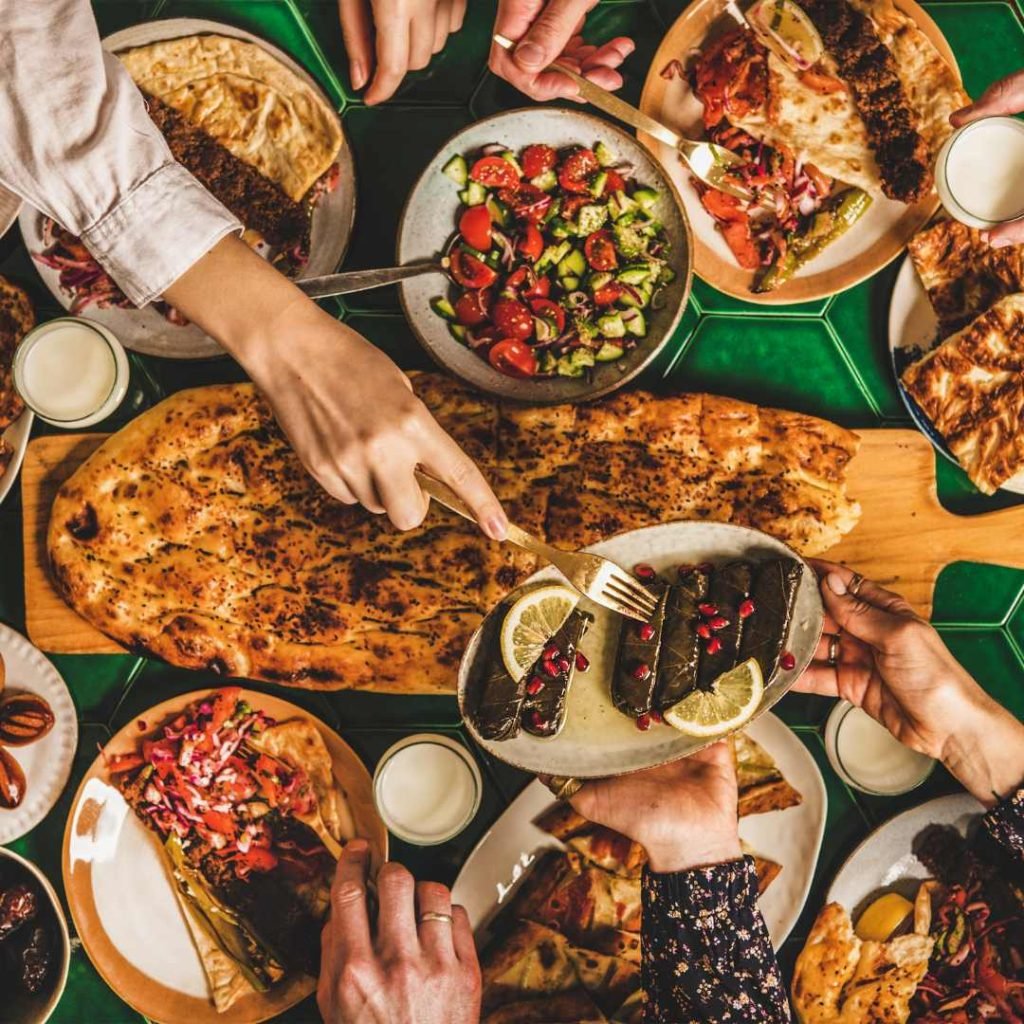
Egyptians take great pride in their hospitality, especially during festive occasions. These moments call for dishes that go beyond the everyday fare, with recipes often passed down through generations, lovingly prepared for days leading up to the event. Let’s delve into some of the signature dishes that are the pride of Egyptian celebrations.
Hamam Mahshi (Stuffed Pigeon)
Hamam Mahshi is one of Egypt’s most celebrated dishes, and it’s reserved for the most special occasions, like weddings or important family gatherings. Pigeons are stuffed with a fragrant mixture of rice or cracked wheat (freekeh), along with spices, nuts, and sometimes liver for added richness. The pigeons are then roasted until golden brown, and the stuffing absorbs all the savory juices of the meat, making every bite a flavorful delight. Despite its small size, stuffed pigeon is considered an indulgent dish in Egyptian cuisine, symbolizing wealth and abundance.Bamia (Okra Stew)
Bamia is a dish that showcases the Egyptian mastery of vegetable stews. Okra is slow-cooked with tender chunks of lamb or beef in a rich tomato sauce seasoned with garlic, onions, and a blend of spices. This dish is often served during large gatherings, and while simple in its ingredients, it’s beloved for its depth of flavor. The okra becomes soft and silky, absorbing the flavors of the sauce and the meat, while the stew is served over fluffy white rice.Roz Bel Laban (Rice Pudding)
Egyptian celebrations often end on a sweet note, and one of the most comforting desserts is roz bel laban, or rice pudding. This creamy dessert is made by simmering rice with milk, sugar, and a touch of vanilla or rose water until it reaches a custard-like consistency. It’s often topped with cinnamon or crushed nuts and is served chilled, making it the perfect treat for family gatherings and holiday meals. While simple, roz bel laban is a nostalgic dessert for many Egyptians, evoking memories of childhood and family dinners.Sweets and Desserts: A Celebration of Indulgence
No Egyptian celebration is complete without a table overflowing with sweets. Egyptian desserts are unapologetically sweet, rich with syrup, honey, and nuts. Many of these treats have their origins in the Ottoman Empire, but over time, they’ve been adapted to suit Egyptian tastes.Basbousa: This semolina cake soaked in sugar syrup is a staple at almost every Egyptian celebration. Often flavored with coconut and garnished with almonds, basbousa has a moist, crumbly texture that melts in your mouth. It’s often served in small diamond-shaped pieces, making it easy to share among a large group.
Baklava: A dessert that needs little introduction, baklava is a pastry made from layers of filo dough filled with nuts, typically pistachios or walnuts, and drenched in syrup or honey. Its crisp, flaky texture and sweet, nutty filling make it a favorite at weddings and special events.
Kunafa: Another show-stopper at Egyptian celebrations is kunafa, a shredded filo pastry that’s often filled with cream, cheese, or nuts and soaked in a sugar syrup. The crispy exterior contrasts with the rich, creamy filling, making it a decadent choice for dessert. It’s especially popular during Ramadan but can be found at other festivities throughout the year.
Zalabia: For those who prefer fried treats, zalabia (or luqaimat) is the perfect indulgence. These bite-sized dough balls are deep-fried until golden and crispy, then drenched in syrup or honey. They’re light and fluffy on the inside and satisfyingly crispy on the outside, making them irresistible at family gatherings or as a sweet treat to share with friends.
Seasonal and Regional Variations: The Diversity of Egyptian Cuisine
While many dishes are considered staples throughout Egypt, the country’s regional diversity means that the cuisine can vary significantly depending on where you are. From the Mediterranean coast in the north to the desert regions in the south, each area has its own specialties that reflect the ingredients and cultural influences unique to that region.
Northern Egypt: Mediterranean Influences
In coastal cities like Alexandria and Port Said, Egyptian cuisine takes on a distinctly Mediterranean flavor. Fresh seafood is a major component of the diet, with fish and shellfish being abundant and affordable. Grilled fish, seasoned with cumin, coriander, and garlic, is a common dinner dish, often served with rice or baladi bread and accompanied by tahini sauce.One dish that stands out in the northern region is sayadeya, a flavorful fish dish cooked with rice, onions, and a tomato-based sauce. The fish is typically marinated in a mix of garlic, cumin, and lemon juice before being slow-cooked with the rice, allowing all the flavors to meld together into a hearty, satisfying meal. In addition to seafood, the northern region is known for its lighter, more Mediterranean-style salads, such as fattoush (a bread salad with vegetables and herbs) and tabbouleh (a parsley-based salad with bulgur wheat, tomatoes, and onions).
Southern Egypt: Hearty, Spicy Fare
As you travel south, toward cities like Aswan and Luxor, the cuisine becomes heartier and spicier. The dishes of Upper Egypt (known as Sa‘id in Arabic) are influenced by the region’s agricultural lifestyle and tend to be more rustic. Bread is a staple in every meal, often served with stews made from okra, eggplant, or meat.One of the standout dishes from this region is fasolia, a white bean stew cooked with chunks of meat in a rich tomato sauce. It’s a simple but filling dish, perfect for the colder desert nights. Another popular dish is tagine, a slow-cooked stew made with lamb or chicken and vegetables, often spiced with cumin, cinnamon, and coriander. This dish is cooked in a clay pot, allowing the flavors to intensify and creating a rich, hearty meal.
Southern Egypt is also known for its fuul nabed, a variation of the classic fuul made with a mix of fava beans and split peas, giving it a unique texture and flavor. Unlike the smoother fuul found in the north, fuul nabed has a chunkier, heartier consistency and is often eaten with bread as a breakfast or dinner dish.
Seasonal Ingredients and Celebrations
Egypt’s seasonal cycles also play a significant role in shaping its cuisine. In the winter months, heartier dishes like lamb stews and thick soups dominate the menu, providing warmth and sustenance during the colder weather. Summer, on the other hand, calls for lighter fare—grilled fish, fresh salads, and chilled soups like gazpacho, a Mediterranean influence that has made its way into Egyptian kitchens.Certain ingredients are also associated with specific holidays and celebrations. For example, dates are an essential part of the Iftar meal during Ramadan, as they are traditionally eaten to break the fast. Lamb and beef are often reserved for festive occasions like Eid al-Adha, when families will prepare elaborate feasts with meat as the star ingredient. Similarly, during Sham El-Nessim, foods like fesikh (salted fish) and eggs are eaten as part of the springtime celebration, symbolizing fertility and renewal.
Conclusion: A Culinary Tradition Rooted in History
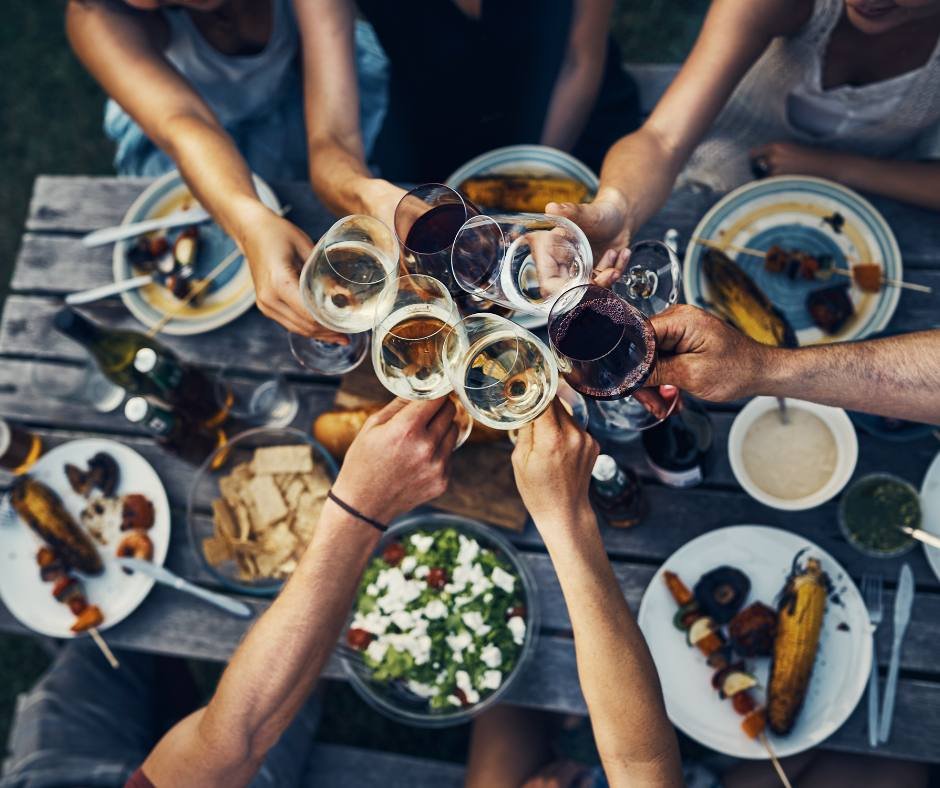
Egyptian cuisine is a true reflection of the country’s rich history, diverse culture, and deep sense of community. From everyday meals like fuul and koshari to elaborate holiday feasts centered around dishes like fattah and hamam mahshi, Egyptian food is all about bringing people together. Whether you’re enjoying a simple dinner with family or celebrating a major holiday with a lavish feast, the food of Egypt is designed to nourish both body and soul.
In every dish, you can taste the influences of Egypt’s past—whether it’s the ancient use of bread and lentils, the Ottoman-inspired sweets, or the Mediterranean flavors of the coastal regions. And in every meal, you can see the way Egyptians value family, tradition, and hospitality.
So, the next time you sit down to enjoy an Egyptian meal, whether it’s a humble plate of fuul or a rich, celebratory fattah, remember that you’re not just eating food—you’re experiencing the heart and soul of a culture that has endured for millennia. And as Egyptians will tell you, the best way to understand their country is to share a meal at their table.
Share this with your friends
Additional Blog Posts
Past Blog Posts

Private Egyptologist Tours: Unlock Egypt’s Hidden Secrets in Luxury
Step beyond the velvet ropes of Egypt’s most iconic sites. With a private Egyptologist as your guide, you’ll uncover hidden chambers, untold stories, and experience ancient wonders far from the tourist crowds. This is discovery at its most exclusive—where history meets luxury.

Egypt Temple Etiquette & Dress Tips for Luxury Travelers
Planning a luxury trip to Egypt? Don’t let poor wardrobe choices or etiquette missteps ruin your temple visits. This guide reveals what to wear, how to behave, and how to elevate your experience with style and cultural respect. Whether you’re aiming for stunning photos or exclusive access, you’ll learn how to navigate Egypt’s sacred sites like a seasoned elite traveler.
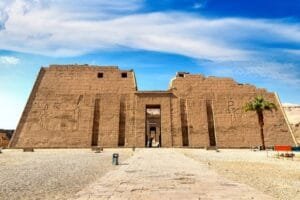
Why Medinet Habu Is Egypt’s Best-Kept Secret Temple
Most travelers never set foot in Luxor’s most breathtaking secret—Medinet Habu Temple. While crowds pack Karnak and the Valley of the Kings, this masterpiece of Ramses III stands quietly in the background, holding stories of power, battle, and beauty. Ancient Navigator takes you where others don’t—into Egypt’s hidden heart.









